
Good Morning POU.

This week’s topic will shine the spotlight on current major corporations whose roots are grounded in slavery.
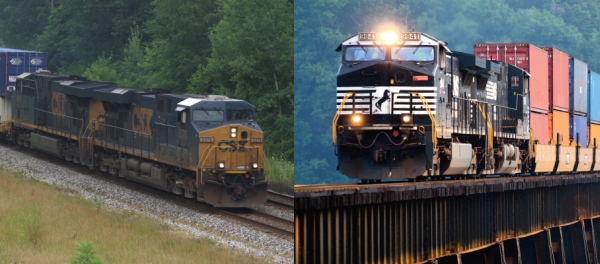
North America’s four major rail networks — Norfolk Southern, CSX, Union Pacific and Canadian National — all own lines that were built and operated with slave labor.
Historians say nearly every rail line built east of the Mississippi River and south of the Mason-Dixonline before the Civil War was constructed or run at least partly by slaves.
Some of the first, longest and most ambitious railroads in the nation were built in the South beginning in the late 1820s. By 1860 the South’s railroad network was one of the most extensive in the world, and nearly all of it had been constructed with slave labor. Moreover, railroad companies became some of the largest slaveholders in the South.
Ted Kornweibel, a professor of Africana studies at San Diego State University, has documented use of slaves by 94 early rail lines. By his count, 39 now belong to Norfolk Southern, based in Norfolk, Va.; 36 are owned by CSX of Jacksonville, Fla.; 12 are part of Omaha-based Union Pacific; seven belong to Canadian National, headquartered in Montreal.
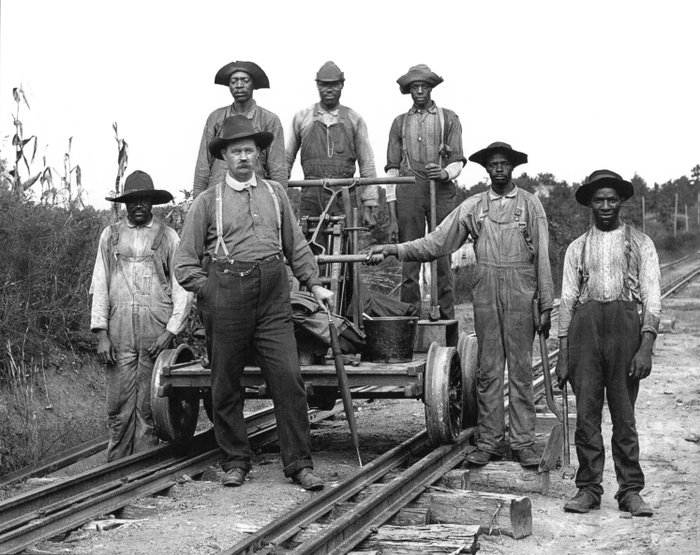
Corporate records of the time show railroads bought slaves or leased them from their owners, usually for clearing, grading and laying tracks. Enslaved workers frequently appear in annual reports as line-item expenses, referred to variously as “hands,” “colored hands,” “Negro hires,” “Negro property” and “slaves.”
The president of Union Pacific’s Memphis, El Paso & Pacific Railroad wrote to stockholders in 1858 that slaves were the “cheapest, and in the main most reliable, most easily governed” laborers.
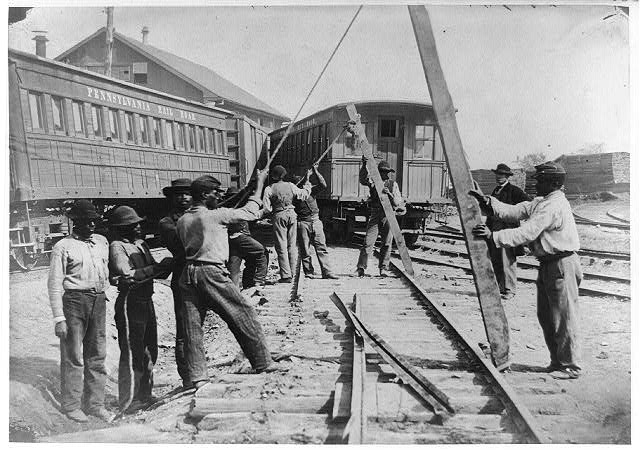
Railroad records contain thousands of lease agreements with slave owners. A single volume of records for the Richmond, Fredericksburg & Potomac Railroad, now owned by CSX, covering just two months in 1850 contains 47 agreements with slave owners.
Slaves “formed the backbone of the South’s railway labor force of track repairmen, station helpers, brakemen, firemen and sometimes even enginemen,” wrote University of Pennsylvania https://www.sihspune.org/clomid.php historian Walter Licht in the book Working for the Railroad.
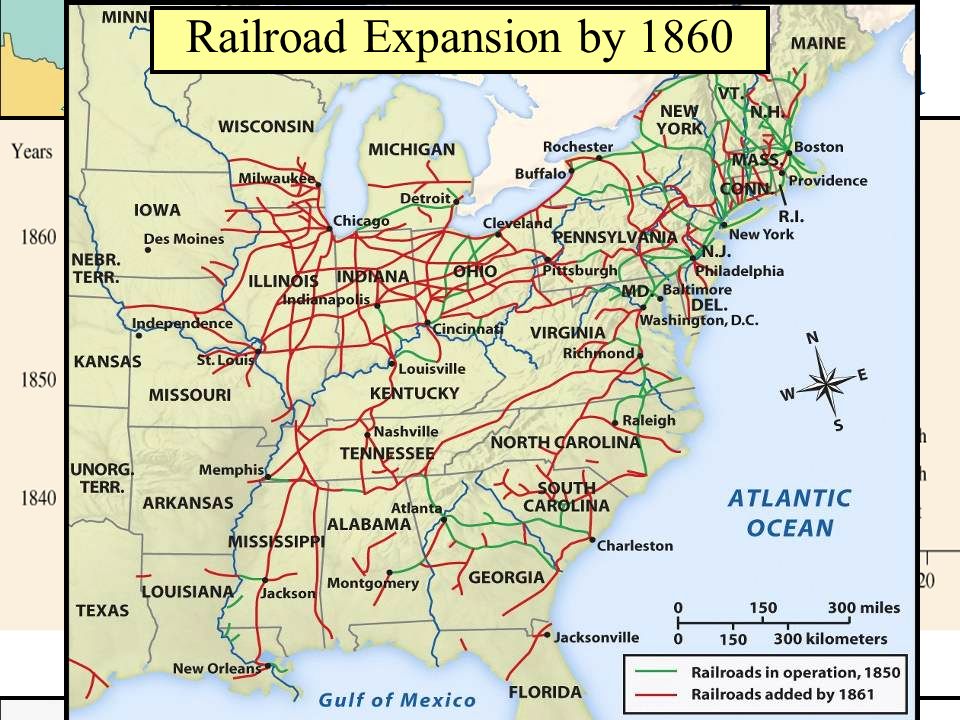
Norfolk Southern declines to confirm ownership of individual rail lines from the 19th century but says it owns “80% or more” of the 39 identified by Kornweibel. It won’t comment on whether the lines were built and run with slave labor or related questions.
CSX says it can verify the names of only a handful of the 19th-century rail lines that make up its network. “As to the basic issue of reparations, we’re not going to discuss that,” spokeswoman Kathy Burns says.
In a statement, Canadian National said it “takes very seriously claims that slave labor” was used to build some of its early rail lines. “We are actively researching the issue. We invite any party to share with CN any relevant information or documentation.”
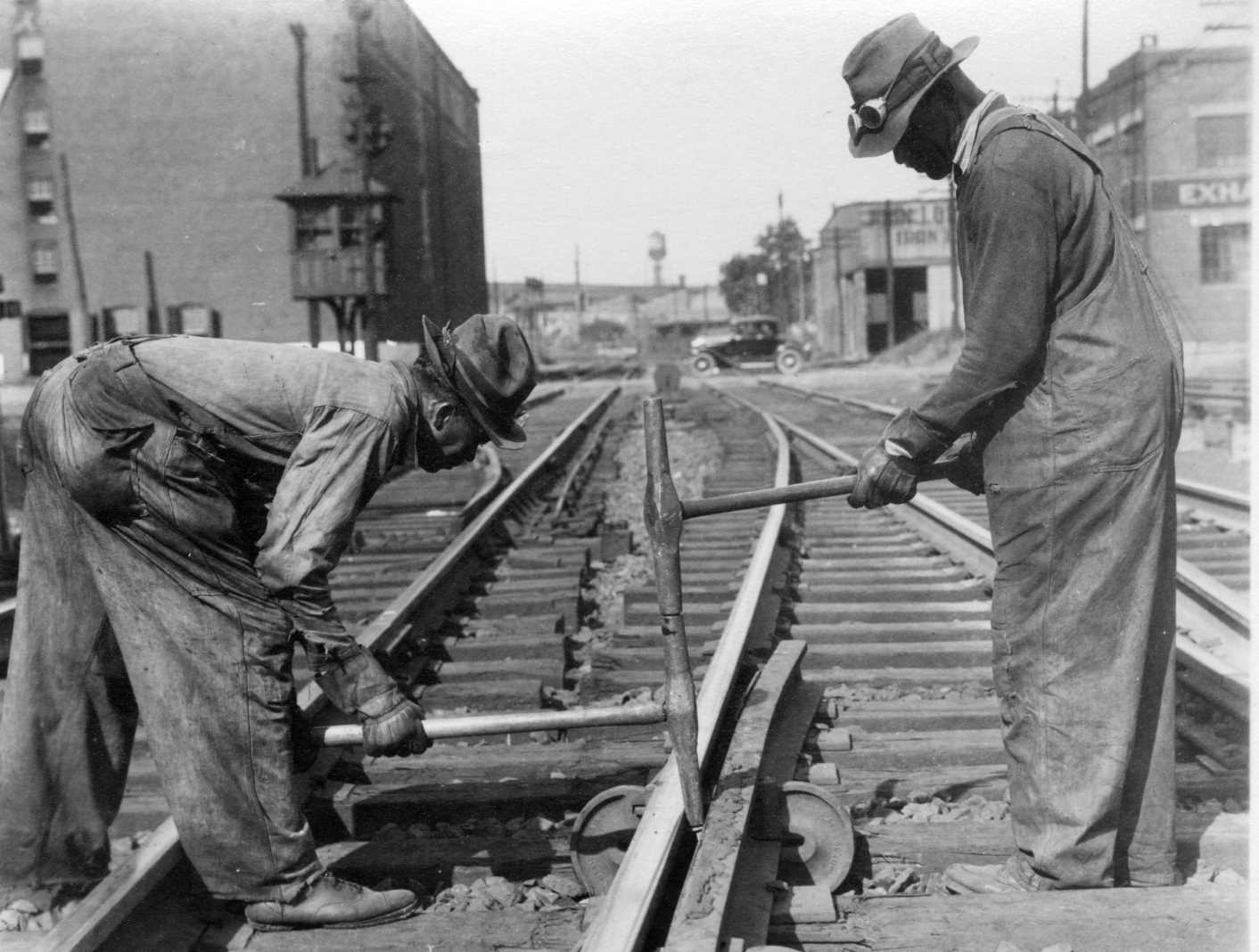
Union Pacific says it owns nine of the 12 railroads Kornweibel identified as UP lines that owned or leased slaves. Ownership of the lines today has “no relevance” to how they were built, UP spokesman John Bromley says.
“We have no way of knowing, and we have no intention of researching that issue,” Bromley says.
2016 revenue for CSX was 11 Billion dollars, for Norfolk Southern it was 1.6 Billion. Union Pacific report 1 Billion for 2016, while Canadian National reported 4.4 Billion for 2015.
Reference: USA Today
Railroad Company and Directors Slaveholding Search
In the 1850s railroads in the U.S. South held thousands of slaves and hired thousands more. Some companies carried “Negro Fund” lines on their financial statements, designating how much the company had “invested” in human property. Railroad account books, balance sheets, and annual reports give limited but useful information about company slaveholding. Railroad company directors also personally held slaves and their slaveholding was recorded in the U.S. Census. This database is a partial effort to compile in one place the scattered information about railroads and slaveholding, and it will be continually updated as new information is discovered.
Search database here.
